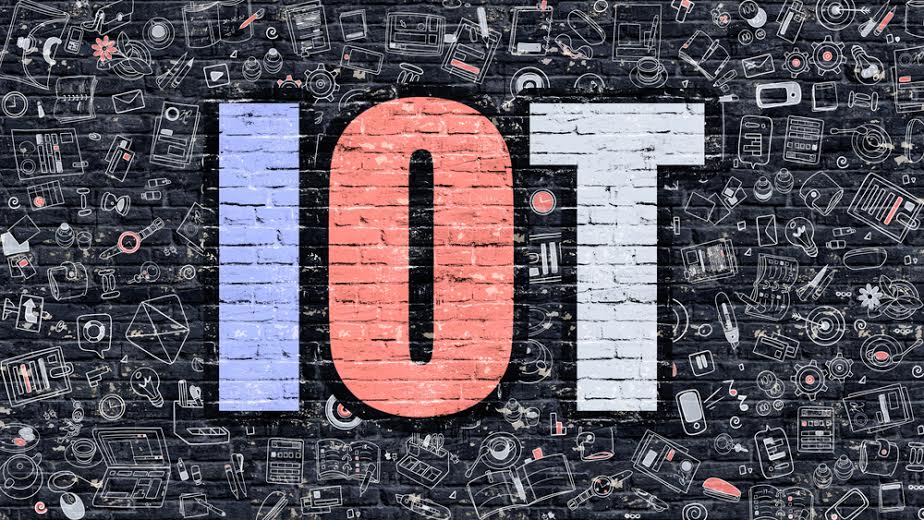In a recent IoT Business News article Allan Woolhouse presents a strong case for open connectivity standards for IoT, starting with a no-nonsense look at the practical drivers that define the strength of an IoT Connectivity Standard, including:
- Capacity
- Quality of service
- Range
- Reliability
- Battery life
- Security
- Interoperability
- Cost
- Proprietary vs. standard
Woolhouse, Chair of the Weightless SIG Marketing Working Group, turns attention to the issue of proprietary technologies versus open standards, pointing out the fundamentally different business proposition open standards offer for technology developers. He points out the clear benefits open standards drive, including quality, interoperability, streamlined development and the ability for robust, multiple, peer-reviewed design teams to lead innovations at a fraction of the cost of alternatives. Woodhouse argues that in the world of wireless communications “there are no successful proprietary standards”, asserting that “open standards always win out.”
The article underscores the inclusive nature of open standards, highlighting the role open standards play in driving more efficient development, tightening operations and reducing costs for both producer and end-consumer. He points out that open standards also allow for peer-reviewed design teams that range in industries, which not only lead to greater innovation, but improve upon existing technologies to make them more robust and reliable, at a fraction of the cost of the alternatives. He also argues that with regard to telecommunications, on the “two-ends” of the wireless link (transmitter or base station, and receiver or device) “Open standards allow a vibrant ecosystem of suppliers for both sides of the link, enabling each party to choose their preferred supplier. He continues, “Standard encourage competition which results in innovative products at lower prices. By enabling a range of companies, it reduces the risk of obsolescence due to a company deciding to no longer support a product.”
Woolhouse points to weightless technology as an example of technology that has been designed from a “clean slate” offering optimized performance at an “unbeatable price point” that avoids any legacy or backward compatibility issues. The article also provides an overview of the benefits the Weightless standards offers for LPWAN technology developers.
In conclusion, the article emphasizes the importance of “just one standard” bound by quality development practices, support across Industry from suppliers across the value chain in a manner that creates a “virtuous spiral” for all participants. Woolhouse concludes that we do not yet have the right standardization in place to support the success of the IoT, due to fragmented support from the industry, a lack of clear standards and little clear marketing to consumers related to IoT brands.
The reference “virtuous spiral”resonates with the OpenStand Principles, which were jointly affirmed by IEEE, W3C, ISOC, IETF and IAB in 2012, and based on the development principles that brought us the free and open internet. The OpenStand Principles encourage the development of standards and technologies with broad participation across the value chain, in a manner that are open, transparent, market-driven, accessible and voluntarily adopted by the marketplace.

